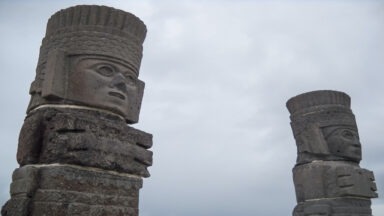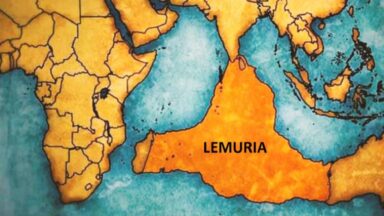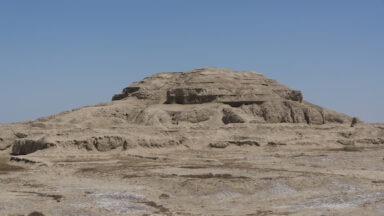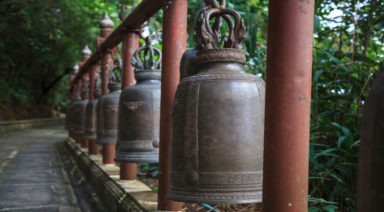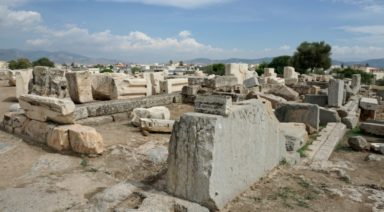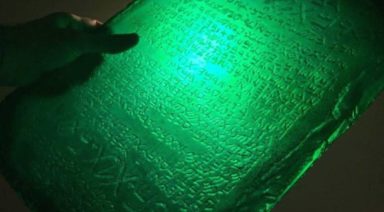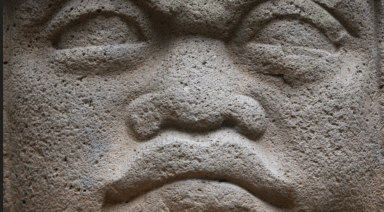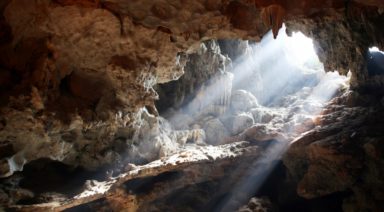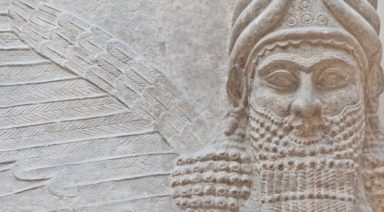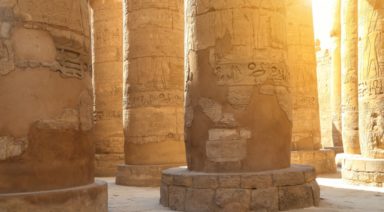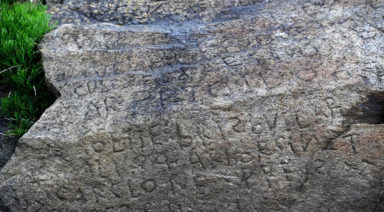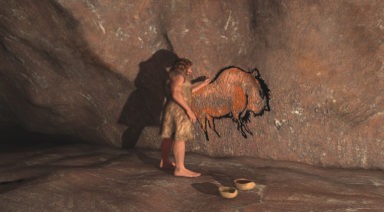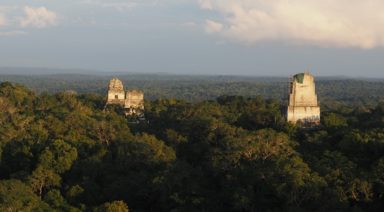Archeologists Puzzled by Hundreds of Egyptian Tombs from Pre-Dynastic Era

A new discovery from ancient Egypt has been made, with more than 100 tombs found from a pre-pharaonic era.
Egyptian archeologists have unearthed more than 100 burial tombs at an ancient site in a Nile Delta province. This new find includes 68 tombs dating to the pre-dynastic period from 6,000-3,150 B.C., as well as five oval-shaped tombs from the Naqada III period that spanned from around 3,200-3,000 B.C., and 37 rectangular graves from the second intermediate period when the Hyksos people ruled ancient Egypt.
Archeologists also found human remains of adults and children and pottery in the graves, but as archeologists make significant findings like this around the world, what makes this one stand out?
Watch more:
About the Author
Gaia guides people on their personal transformational paths with the world’s largest library of exclusive and original conscious media. Like our members, Gaia staff are driven by curiosity, passion and the desire to grow, as we continue on our own spiritual journeys and quests. Our members inspire our own authenticity: the quest for transformation never ends. If there is a topic you’d like to learn more about, please let us know. You can also join Gaia as a contributing author and help us connect readers to people and ideas that fuel a conscious life.
Next Article
Who Were the Ancient Race of Red Haired Giants?

Legends of giants exist around the world and some say they have even found evidence, but mainstream science dismisses giants as a hoax. Is it time for a fresh look at ancient giants?
Giants have been dismissed by science and archeology as a myth but are embraced by many cultures around the world. Globally, there are even structures that would fit the giant narrative, but perhaps most importantly, oral histories, folklore, and even scripture mention giants.
Jack Cary, researcher and author of “Paranormal Planet” has studied this phenomenon for years.
“Indigenous people throughout the entire planet have these oral histories of red-haired giants. And there are a lot of indications and clues as to who the giants were and where they originated,” Cary said.
“One of the most important is Genesis 6:4 in which it describes that the Nephilim were on Earth, they had children by human women, these children were giants…”
Watch more:

The video streaming platform exploring Ancient Origins, and Anomalous Archeology
Free Trial




